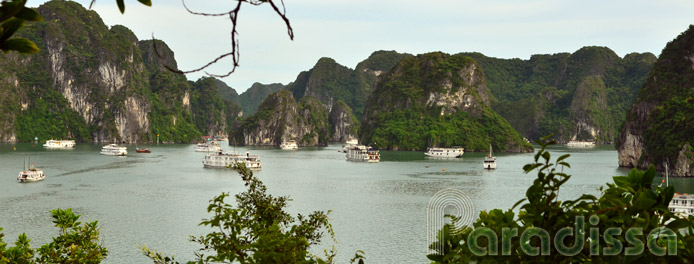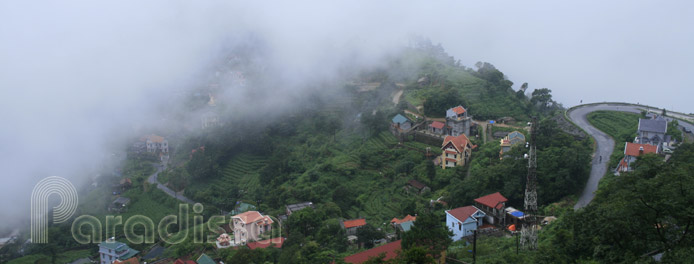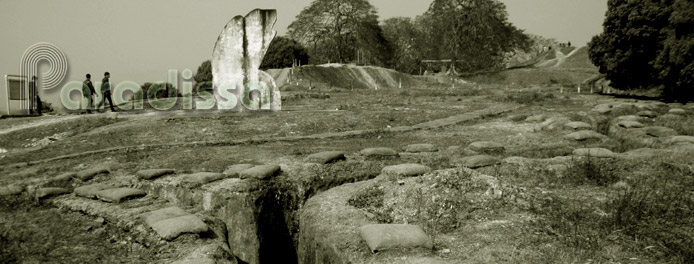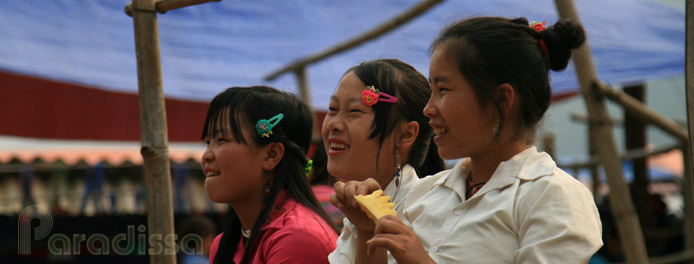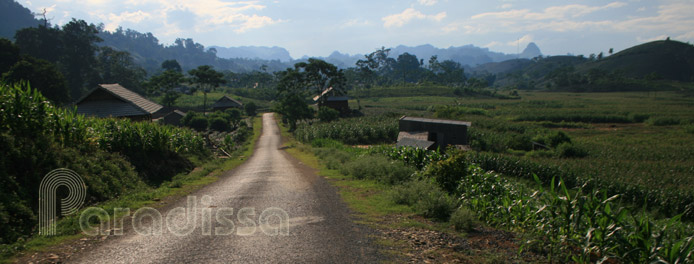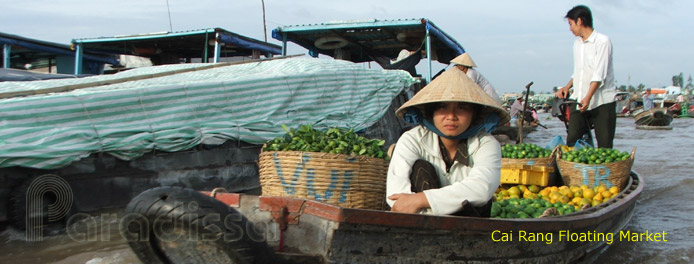Vietnam political system started in 1945 after Ho Chi Minh declared independence from the French and the Japanese. The interim government quickly formed right after the declaration of indepence to take charge of the administrative work.
Brief Recent History of Vietnam
In 1946 the first parliament was formed and the first constitution was passed by the Vietnamese popular. This was the first time the Vietnamese had their own government and political system. In the 1946 Constitution, basic human rights were recognized as part of citizenship.
The newly elected political system administer the work of Vietnam which was at war that time. The French came back in 1946 and would remain in Vietnam until 1954. After the military failure in Dien Bien Phu, the French decided to pull out of Vietnam. The Geneva Conference resulted in the Geneva Accords which stated that Vietnam was temporarily divided into 02 zones with the 17th parallel to be the military line between North and South Vietnam and that Vietnam was to be reunified through a general election within 02 years' time. The General Election would never come.
In 1976 the first Parliament with members from both the North (People Democratic Republic of Vietnam led by the Communist Party) and the South (led by South Vietnam Liberation Front) had a gathering deciding the North and the South would be reunified; Hanoi to be the capital city and Saigon renamed Ho Chi Minh City.
Country name:
Conventional long form: Socialist Republic of VietNam
Conventional short form: Viet Nam
Local short form: Viet Nam
Abbreviation: SRV
Local long form: Cong Hoa Xa Hoi Chu Nghia Viet Nam
Government type: Socialist
Capital: Ha Noi
Administrative divisions
Independence: 1945 September 02 (from Japan and France)
National day: Independence Day, September 02 (1945)
Constitution: 1992 April 15
Legal system: Based on Communist legal theory and French civil law (Napoleonic) system
Suffrage: 18 years of age; universal
Branches of the Vietnamese State
1/ Executive Branch
Head of State:
President Nguyen Minh Triet (since 2006 July)
Elections:
Elected by the National Assembly from among its members for a five-year term;
Head of Government: Prime Minister
Prime Minister
Appointed by the President from among the members of the National Assembly ratified by the National Assembly;
Prime Minister Nguyen Tan Dung (since 27 June 2006); Deputy Prime Minister Nguyen Sinh Hung (since 28 June 2006), Deputy Prime Minister Pham Gia Khiem (since 28 June 2006), and Deputy Prime Minister Truong Vinh Trong (since 28 June 2006)
cabinet: Cabinet appointed by president based on proposal of prime minister and confirmed by National Assembly.
2/ Legislative branch
Unicameral National Assembly or Quoc-Hoi (498 seats; members elected by popular vote to serve five-year terms)
elections: last held 19 May 2002 (next to be held 2007)
election results: percent of vote by party - CPV 90%, other 10% (the 10% are not CPV members but are approved by the CPV to stand for election); seats by party - CPV 447, CPV-approved 51.
3/ Judicial branch
Supreme People's Court (chief justice is elected for a five-year term by the National Assembly on the recommendation of the president).
Political parties and leaders:
One party - Communist Party of VietNam or CPV [Nong Duc MANH, General Secretary].
Political pressure groups and leaders:
None (within VietNam).
International organization participation
Viet Nam also has become a member of the World Trade Organization (WTO) in 2007.
Environment - international agreements
Signed, but not ratified:
Climate Change-Kyoto Protocol, Nuclear Test Ban.
Flag description:
Red with a large yellow five-pointed star in the centre.
Supplementary Structures
The Socialist Republic of VietNam (SRV) is a one-party state controlled by the Vietnamese Communist Party, with the Political Bureau (Politburo) as the top organ of the Party.
The Party's constitutionally mandated leading role and the occupancy of nearly all the senior Government positions by Party officials ensures the primacy of Politburo guidelines.
The National Assembly (chosen in elections every five years) for the first time in 1997 elected non-Party members. But, despite some increased activism, it remains largely dominated by the Party.
Party oversight over Government operations has diminished somewhat, allowing Government officials to have more latitude in implementing policy. The Party and State have also diminished their intrusion into the daily lives of the people and businesses.
VietNam's administrative bodies are divided into the following four levels:
1) Central;
2) Provincial and Municipal (Ha Noi, Ho Chi Minh City, Can Tho, Da Nang and Hai Phong);
3) Quarters (urban) and Districts (rural);
4) Precincts (urban) and communes (rural).
VietNam has 60 provinces and 4 regional municipalities under central government control. All these different levels have a fair degree of independence in implementation of policy and administration of local resources.
Non-Government Structures
There are a number of 'mass organizations.' The Women Union, the Farmer's Union, and the Youth Union are called on to represent the interests of various sectors of the Vietnamese public and serve as a political link between the people and the Communist Party on the one hand, and the Party and Vietnamese Government on the other.
The Viet Nam Fatherland Front coordinates and oversees the activities of these mass organizations.
Viet Nam Chamber of Commerce and Industry (VCCI) represents the commercial interests of both state-owned industries and the private sector and informally advises the Vietnamese Government on economic policy.



















